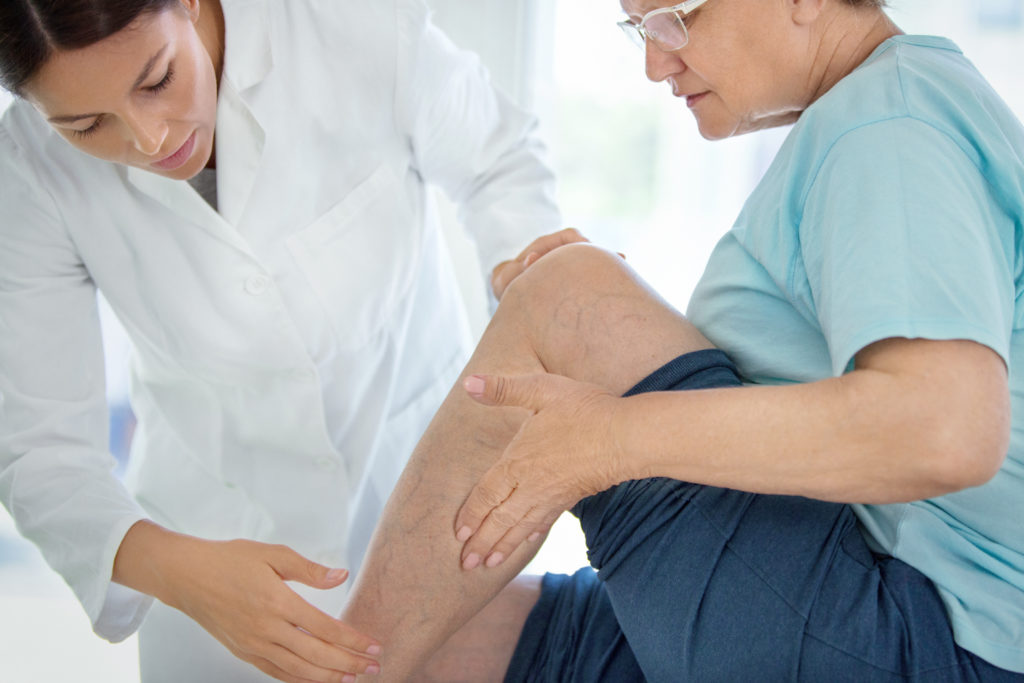This post is part of The Ultimate Guide to Sports Medicine
Compartment syndrome is a painful condition that occurs when pressure within the muscles rise to dangerous levels. This decreases blood flow and prevents oxygen from reaching nerve and muscle cells. The legs, arms, and abdomen are most prone to developing compartment syndrome.
Anatomy
Compartments are groups of muscles, nerves and blood vessels in your arms and legs. A tough membrane called fascia covers these tissues. The fascia keeps the tissues in place so it doesn’t stretch or expand easily.
However, because the fascia doesn’t stretch, when the swelling or bleeding occurs within a compartment pressure tends to build up. This results in disrupted blood flow to the surrounding muscles and nerves. Ultimately leading to damaged cells within the muscle.
Compartment syndrome often occurs in the front compartment of the lower leg (calf). It can also occur in other areas of the leg, arms, hands, feet and buttocks.
Types of compartment syndrome
Acute
Medical emergency; caused by a severe injury such as a fracture, bruised muscle, constricting bandages and crush injuries. Call 911 or go to your nearest emergency room. OrthoIndy Trauma physicians are at St.Vincent Indianapolis Level I Trauma Center.
Acute compartment syndrome symptoms include:
- Intense pain that increases when using or stretching the involved muscles
- Tingling or burning sensation in the skin
- Numbness or paralysis
- Feeling of tightness or fullness within the muscle
Chronic (exertional)
Not a medical emergency; caused by athletic activity that requires repetitive motion.
Chronic compartment syndrome symptoms include:
- Numbness
- Pain or cramping during exercise
- Difficulty moving the foot or hand
Physician examination
To determine whether you have compartment syndrome, your physician will ask you for a complete medical history, have you describe your symptoms and how the injury occurred and conduct a physical examination.
Make an appointment with an OrthoIndy sports medicine specialist
Treatment
Acute compartment syndrome is a surgical emergency, which requires a fasciotomy. The surgeon will relieve pressure by making an incision and opening the skin and fascia covering the affected compartment.
Chronic compartment syndrome can be treated nonsurgically with:
- Physical therapy
- Orthotics (shoe inserts)
- Wrist bracing
- Anti-inflammatory medicine
- Activity avoidance
If nonsurgical treatment options fail to provide relief, surgery may be an option.
Recovery
There is a gradual return to sports and activity depending on the severity of the compartment syndrome. Once your range or motion returns and you can walk without a limp, you may slowly begin an active lifestyle.
Learn more about sports medicine treatment at OrthoIndy.
Schedule an appointment
Your well-being is important to us. Click the button below or call us to schedule an appointment with one of our orthopedic specialists. If your injury or condition is recent, you can walk right into one of our OrthoIndy Urgent Care locations for immediate care. For rehabilitation and physical therapy, no referral is needed to see one of our physical therapists.





